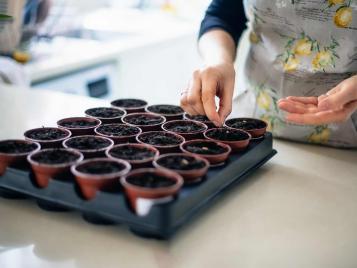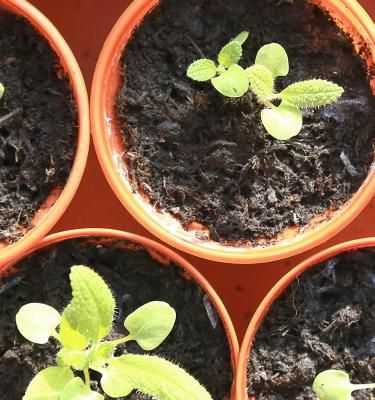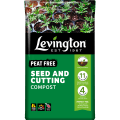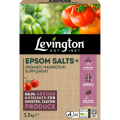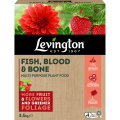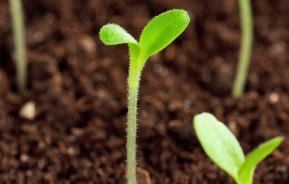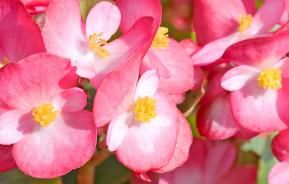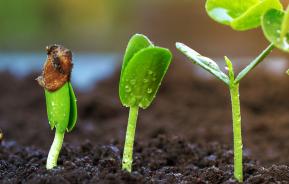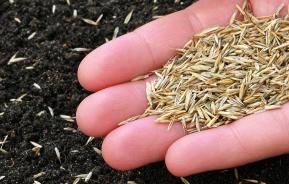This technique is used for tender plants that can take several weeks from sowing a seed to flowering, but can’t be planted outside until frosts and cold weather have finished. These half-hardy annuals and half-hardy perennials include aster, begonia, geranium (pelargonium), petunia, busy Lizzie, French marigold and dahlia to name but a few.
Some vegetables are best grown in this way and include tomatoes, aubergines, peppers and cucumbers as well as runner beans, sweet corn, courgettes and marrows.
Many other vegetables can also be started into growth in this way if you want to start them earlier in the year and so produce an earlier crop.
